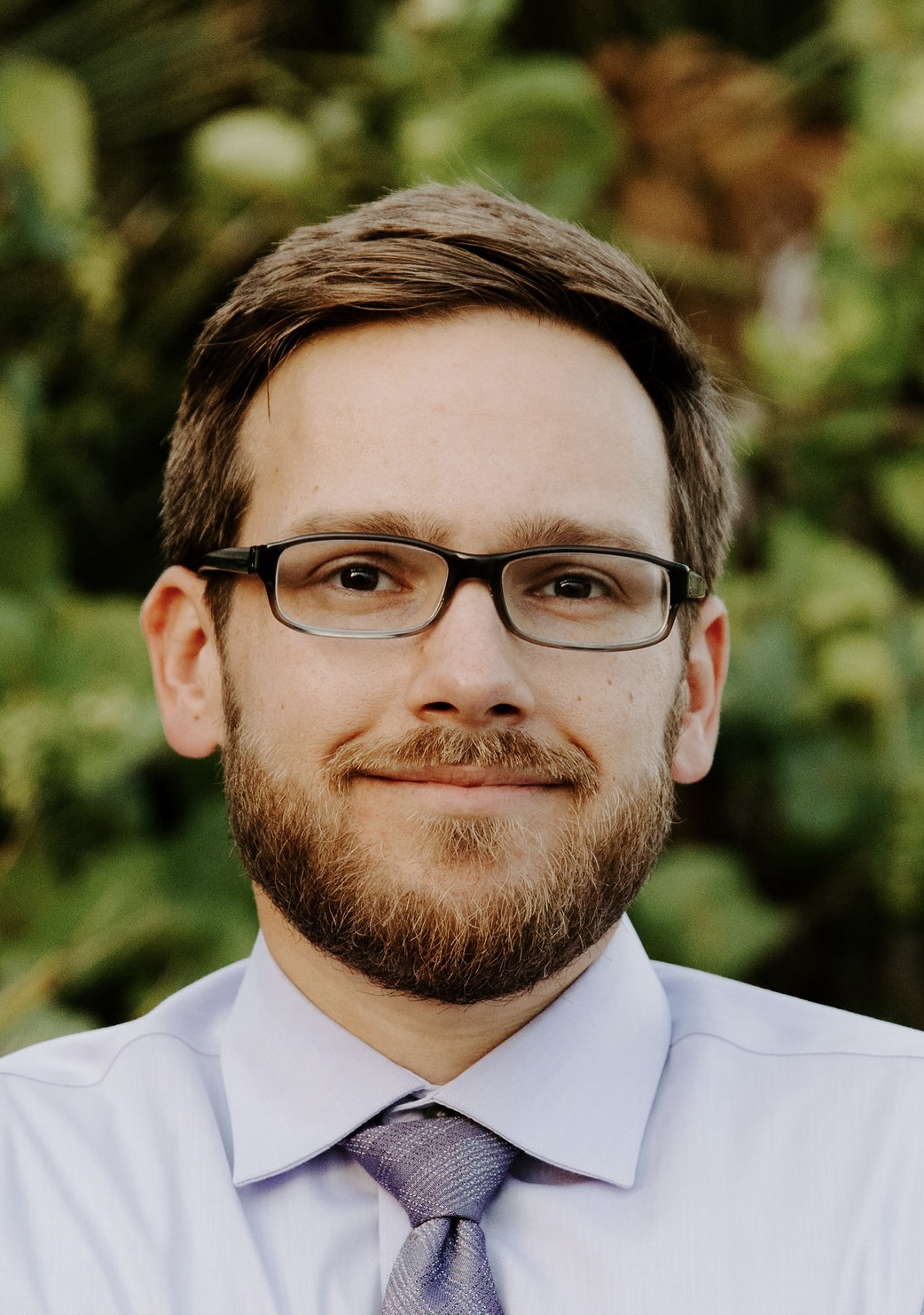
Michael Broder writes music in which agile melodies, expressive rhythms, and dramatic climaxes typically come to the forefront. His compositions have been performed on various festival programs and on tours in New York state, Pennsylvania, North Carolina, Louisiana, Georgia, and Florida by artists such as the Mana Saxophone Quartet, Singularity, and composer-percussionist Jamie Wind Whitmarsh. Broder’s compositions encompass a variety of ensembles, including chamber winds and strings, concert band, orchestra, voice, and various solo works. He is a multi-year finalist for an ASCAP Morton Gould Young Composer Award, a winner of Duo Fujin’s 2011 One-Day Composition Contest, and a two-time recipient of the Arnold Salop Memorial Composition Prize. His studies include work with Leonard V. Ball, Clifton Callender, Adrian P. Childs, John Corina, and Ladislav Kubík. Broder holds degrees of D.M. and M.M. in Theory and Composition from Florida State University and B.Mus. in Composition from the University of Georgia. He currently resides in Boca Raton, Florida, with his wife and dog. [www.brodermusic.com]
List of Works
- Con ritmo (2018) — 7.5'
- for Flute, Trumpet in B-flat, and Piano
- Flee, Pursue (2017) — 14'
- for Clarinet in B-flat and Percussion
- Discourse for Orchestra (2015) — 16'
- 3d1.2d1.2.2+1–4.3.3.1–timp.3perc.hp—str
- Lullaby III (2015) — 3'
- for solo Organ
- Stairwell Music (2014) — 4'
- for solo Oboe or Saxophone
(to be played in a highly reverberant space)
- Lullaby II (2013) — 3'
- for solo Vibraphone
- Variations for Brass Quintet (2013) — 7'
- for two Trumpets in B-flat, Horn, Trombone, and Tuba
- What I Was For Years (2013) — 6.5'
- for Choir (SSSAAATTTBBB), Two Percussion, and Piano
Text by Walt Whitman
- Harbinger (2012) — 7'
- for solo Guitar
- Musica derivata (2012) — 18'
- for Saxophone Quartet
- Lullaby (2011) – 2.5' for solo Piano
- The Shield of Achilles (2011) — 20'
- for Soprano, Flute/Piccolo, Clarinet in B-flat/Bass Clarinet, Violin, Violoncello, and two Percussion
Text by W. H. Auden
- That's Entertainment? (2011/2012) — 2'
(Winner, Duo Fujin 2011 One-Day Composition Contest) - for Flute and Alto Saxophone
- Juggling Act for Trombone (2010/2012) — 5'
- for solo Tenor or Bass Trombone
- Monuments (2010) — 11.5'
- for solo Piano
- Radio Play (or Associations (2010) — 9'
- for Electronic Media
- surge (2010) — 20'
- chamber ballet for Flute/Piccolo, Clarinet in B-flat/Bass Clarinet, Violin, Percussion, and Piano/Synthesizer
Choreography by M. Danielle Clark
- Densities (2009) — 9.5'
- for Symphonic Wind Band
- Identities (2009) — 5'
- for Flute/Piccolo, Oboe/English Horn, Trumpet in B-flat, Horn, and Baritone Saxophone
- MUSE (2009) — 5'
- for solo Percussion
- Fern Hill (2008) — 10'
- for Baritone voice and Piano
Text by Dylan Thomas
- Three Episodes (2008) — 10'
- for String Quartet
- Suite for Clarinet and Piano (2007) — 3'
- for Clarinet in B-flat and Piano